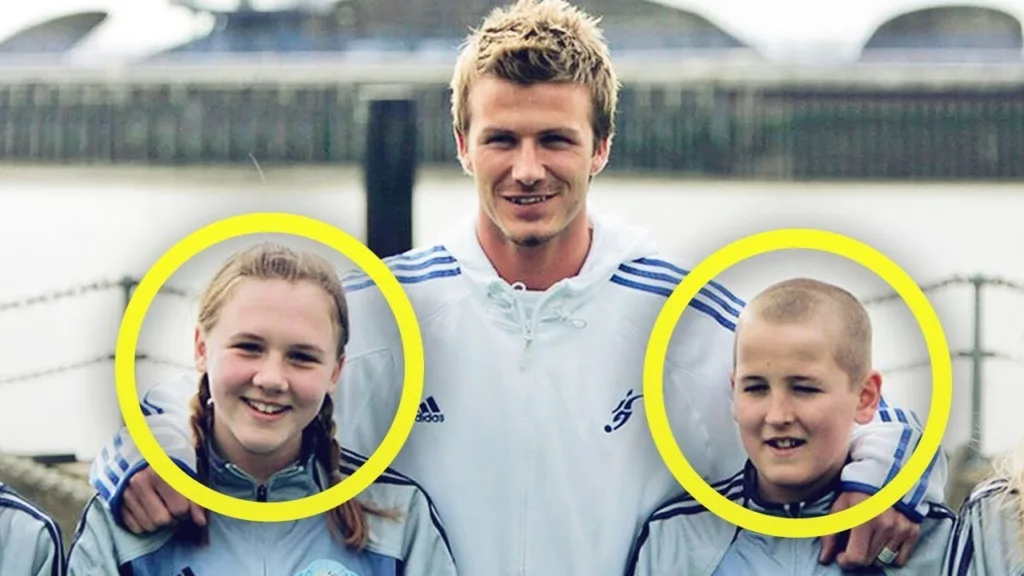The Relative Age Effect (RAE) is a phenomenon that highlights how the time of year a player is born can significantly impact their development and success in sports. Harry Kane’s journey provides a fascinating case study of this effect. Born in July, Harry is among the youngest players in his age group under the English system, which often favors those born earlier in the selection year. This made his rise to stardom even more remarkable.
The Relative Age Effect: The Kane’s Story
At the age of 11, Harry was released by Arsenal but later joined Tottenham Hotspur, where his potential began to shine. However, his early years as a footballer were not without challenges. As a young player, Harry struggled with physical tests, lagging 30% behind his peers in speed, agility, and strength metrics. He was also smaller and physically less developed for his age, a late bloomer who faced significant hurdles in competing with his more physically mature teammates.
The Relative Age Effect creates a notable bias in sports, with a clear advantage for players born earlier in the selection year. In England, for example, children born in September, October, and November—referred to as “Quarter 1″—often dominate youth sports. This trend stems from the age cutoffs for competitions, where older children in the same group benefit from being physically and mentally more mature. In other countries, where the selection year starts in January, players born in the first three months of the year similarly hold an advantage.

For Harry Kane, his club’s awareness of the Relative Age Effect played a crucial role in his development. Despite his struggles in physical tests due to his younger age, the club recognized his potential and decided to take a risk, keeping him in the system. This decision highlights the importance of understanding the RAE and its long-term implications.
Research shows that players born in the fourth quarter (October–December) often become the most valuable. Their success is linked to the perseverance needed to overcome early challenges and the extra attention they receive from coaches.
Data from English academies further underscores this bias. While the birth distribution in the general population is evenly spread throughout the year, academy players are disproportionately born between September and November, with significantly fewer born between June and August. This imbalance illustrates the extent to which RAE influences player selection and retention.
Clubs regularly conduct physical tests to measure speed, agility, strength, and other attributes. These assessments are performed multiple times a year and are often used to evaluate a player’s potential. However, Harry Kane’s case demonstrates the danger of making decisions based solely on these metrics, especially before a player has gone through puberty. Early bloomers naturally perform better in such tests, but studies suggest that late bloomers often surpass their peers in the long run.
Harry Kane’s experience underscores the importance of patience and a long-term perspective in player development. Despite being 30% behind his peers in straight-line speed tests over 10 and 20 meters, as well as in strength tests like jumping, Harry’s persistence and his club’s faith in his potential allowed him to grow into one of the world’s most celebrated footballers. His story serves as a powerful reminder of the importance of nurturing late bloomers and considering the broader factors that contribute to athletic success.



